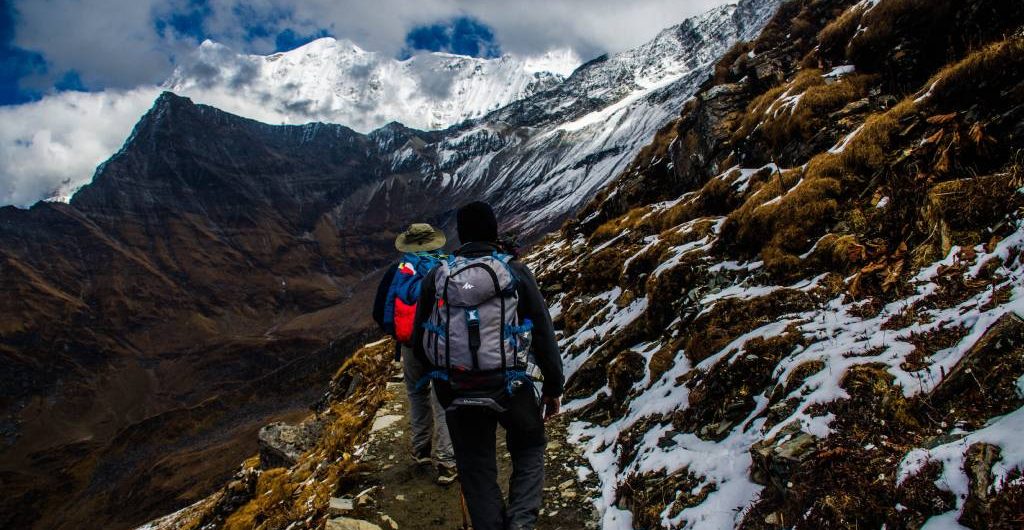
Trekking, often used interchangeably with hiking, refers to a long and adventurous journey, typically on foot, through remote and rugged terrains such as mountains, forests, and wilderness areas. Unlike hiking, which can be a day trip, trekking usually involves multiple days of walking and camping, making it a more immersive outdoor experience.
Brief Overview of the Popularity of Trekking
In recent years, trekking has gained immense popularity among adventure seekers, nature enthusiasts, and those looking for a break from the hustle and bustle of urban life. The allure of untouched landscapes, breathtaking vistas, and the sense of accomplishment that comes with completing a challenging trek make it a rewarding and addictive activity.
Preparing for a Trek
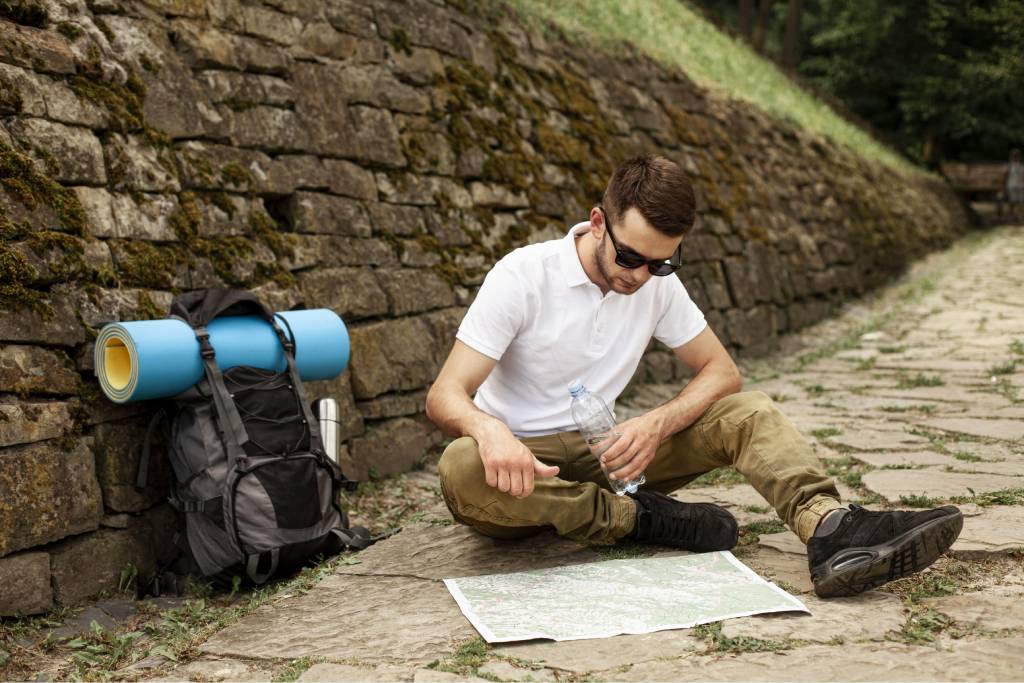
Physical Fitness and Health Considerations
Assessing Your Fitness Level
- Before setting out on a trek, it’s crucial to assess your physical fitness. Trekking can be physically demanding, so understanding your limits and capabilities is essential for a safe journey.
Consultation with a Healthcare Professional
- If you have any underlying health conditions, consult with a healthcare professional to ensure you’re physically fit for trekking. They can provide guidance on managing medications and any special considerations.
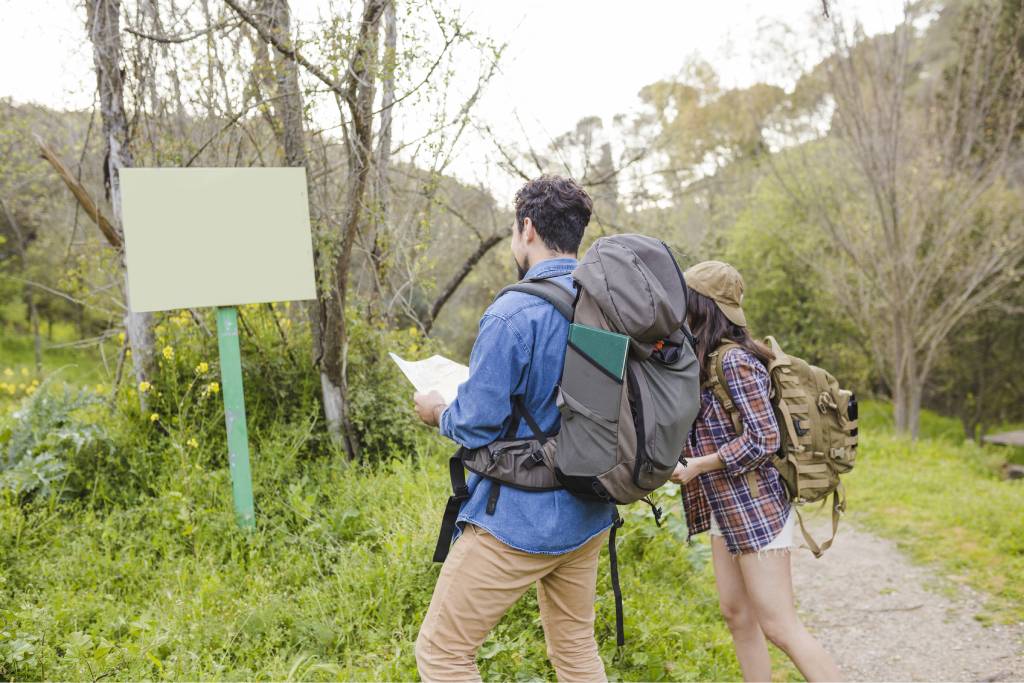
Researching Trekking Destinations
Start your trekking adventure by researching potential destinations. Consider factors like difficulty level, climate, and the natural beauty of the area to find a trek that aligns with your interests.
Selecting a Trek Suitable for Your Skill Level
Trekking trails vary in difficulty. Choose a trek that matches your skill level, especially if you’re a beginner. Starting with easier treks allows you to build confidence and experience.
Gear and Equipment for a Trek
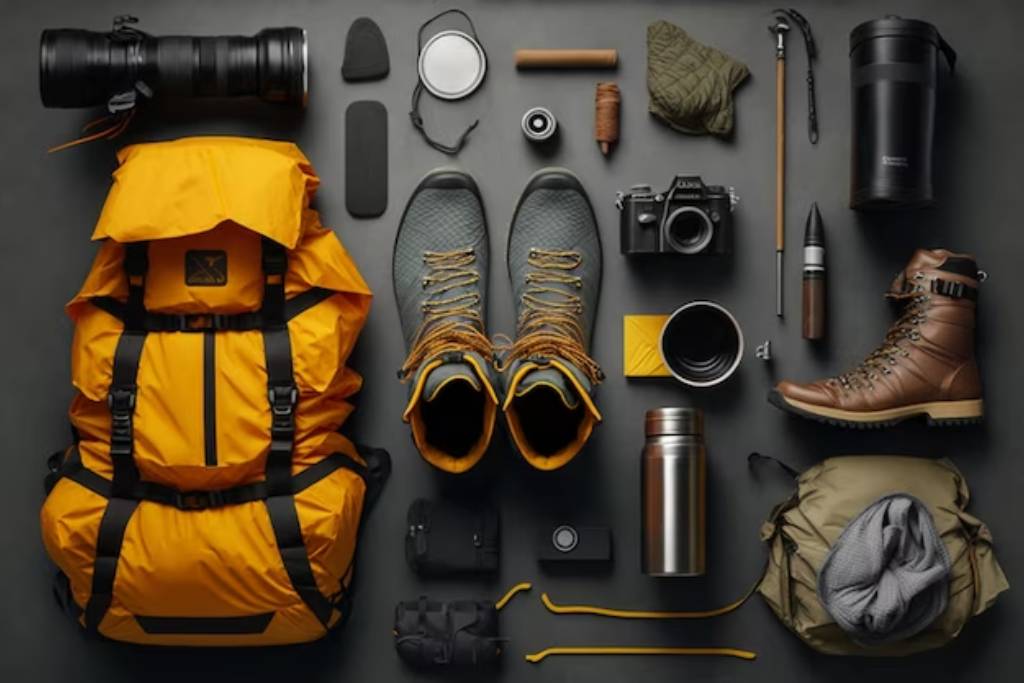
Clothing
Proper clothing is essential to stay comfortable and safe during a trek. Layers, moisture-wicking fabrics, and weather-appropriate attire are key considerations.
Footwear
Invest in quality hiking boots that provide support, traction, and protection. Ill-fitting footwear can lead to discomfort and injuries.
Backpack and Essentials
Pack a well-organized backpack with essential items like a map, compass, flashlight, and extra clothing. Keep your pack lightweight and balanced.
Camping Gear
If your trek involves camping, ensure you have the necessary gear, including a tent, sleeping bag, and cooking equipment.
Permits and Permissions
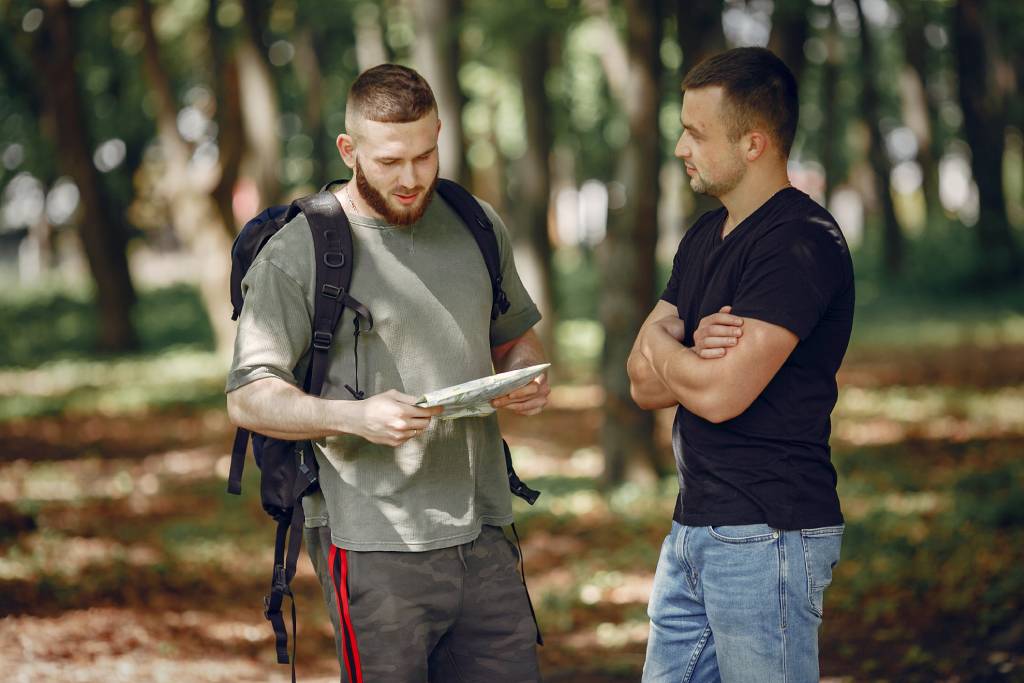
Checking Local Regulations
Research the trek’s location to understand any permits or regulations required. Failure to comply with local rules can result in fines or restrictions.
Obtaining Necessary Permits
Secure any required permits well in advance to avoid last-minute hassles. Check with local authorities or national parks for information on obtaining permits.
Safety Measures
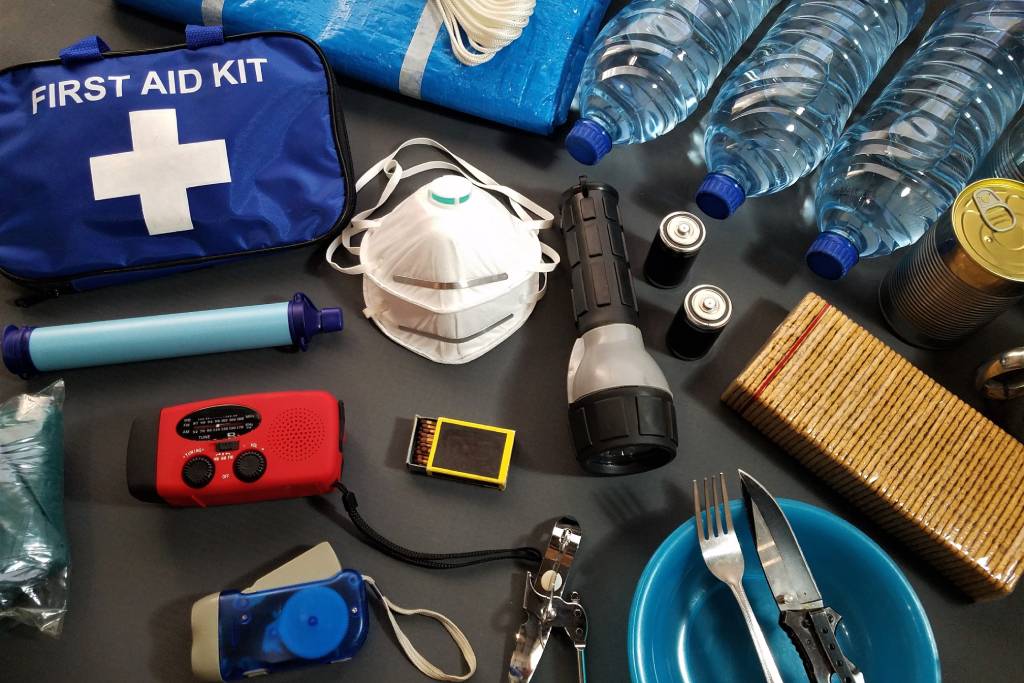
First-Aid Kit
Carry a well-stocked first-aid kit and know how to use it. It should include essentials like bandages, antiseptic, and medications for common ailments.
Emergency Communication Devices
Bring communication devices such as a satellite phone or a personal locator beacon (PLB) to call for help in emergencies.
Leave No Trace Principles
Environmental Responsibility
Practice Leave No Trace principles to minimize your impact on the environment. This includes packing out all trash and avoiding damage to vegetation.
Minimizing Your Impact on Nature
Stay on established trails to prevent soil erosion, and camp in designated areas to minimize your impact on fragile ecosystems.
Navigation and Orientation
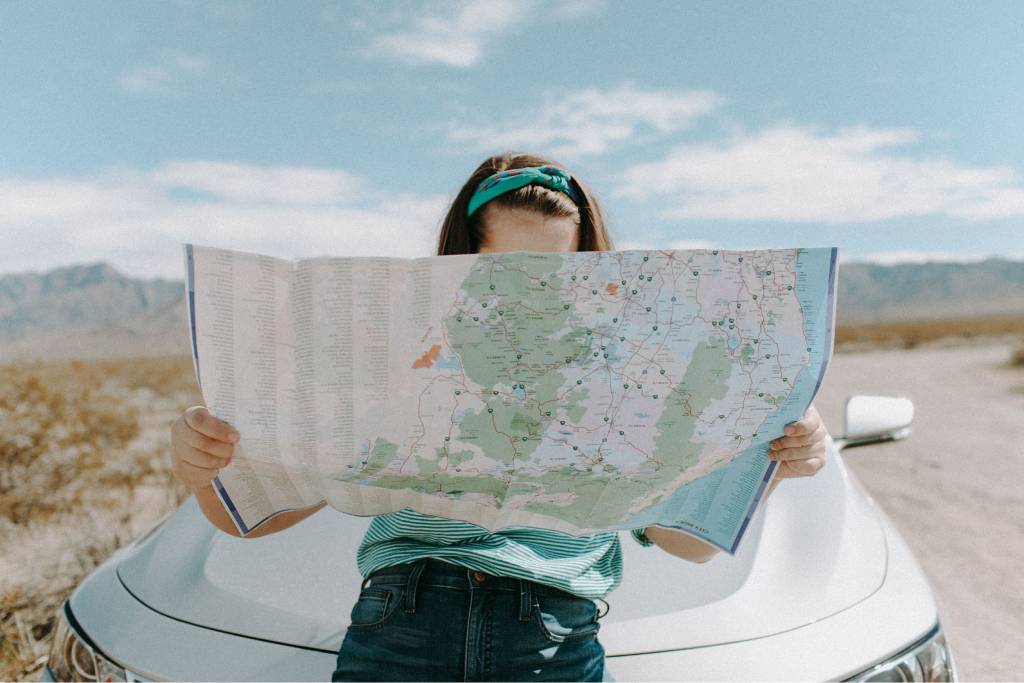
Using Maps and GPS
Carry detailed maps and a GPS device to navigate confidently. Learn how to read topographic maps and use a compass.
Marking Trails and Waypoints
Mark key points on your map to stay oriented. Use natural landmarks and distinctive features to help guide your way.
Staying Safe
Weather Awareness
Stay informed about the weather forecast for your trekking area. Sudden changes in weather can be dangerous.
Wildlife Encounters
Respect wildlife and maintain a safe distance. Learn about potential wildlife encounters in the area and how to respond.
Group Dynamics

Communication and Teamwork
Effective communication within your trekking group is vital. Develop a clear plan for how you’ll stay in touch on the trail.
Handling Conflicts
Trekking with a group can lead to conflicts. Address issues promptly and respectfully to maintain a harmonious journey.
Camp Setup and Routines
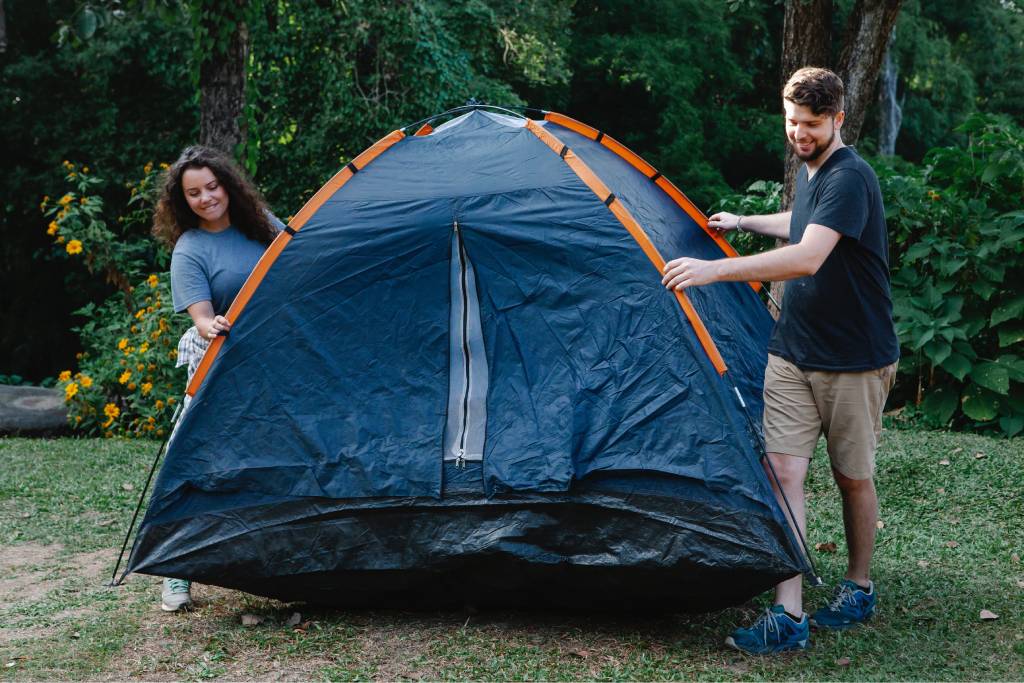
Setting Up and Breaking Down Camp
Establish efficient routines for setting up and breaking down camp. Leave your campsite as pristine as you found it.
Cooking and Hygiene
Practice safe cooking and hygiene habits to prevent foodborne illnesses. Use designated cooking areas when available.
Common Trekking Challenges
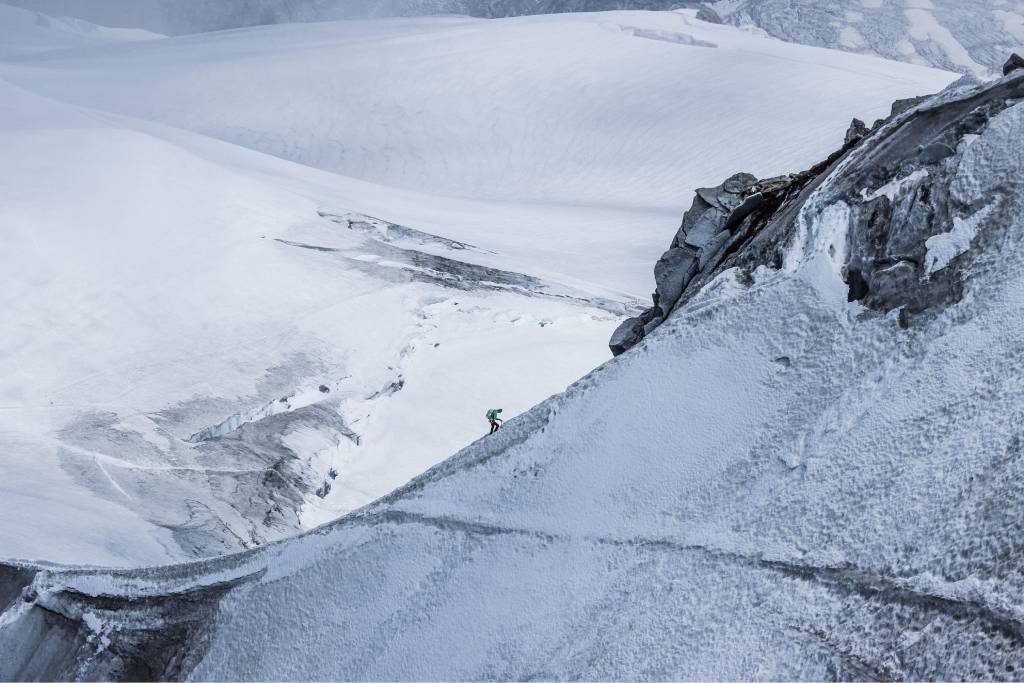
Fatigue and Exhaustion
Combat fatigue by maintaining a steady pace, taking regular breaks, and staying hydrated and nourished.
Navigational Difficulties
Be prepared for navigational challenges. Carry backup maps, and consider learning basic navigation skills.
Weather-Related Issues
Monitor the weather closely and have a plan for dealing with adverse conditions, such as rain or snow.